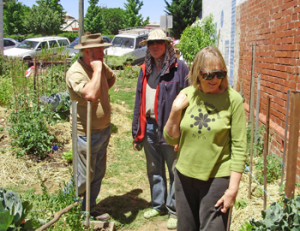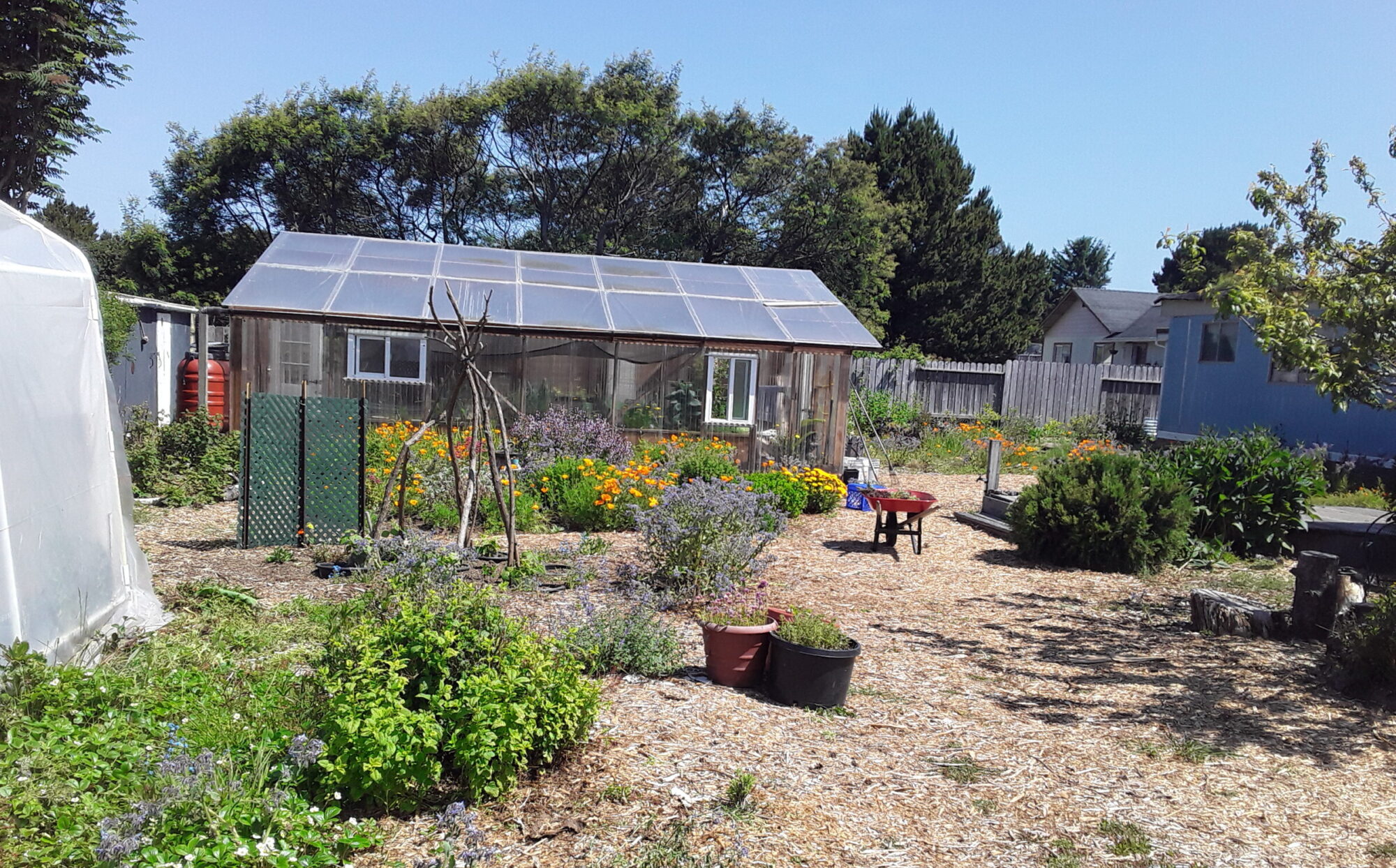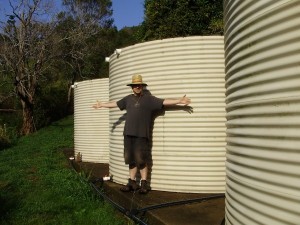
By Steven Saint Thomas
As in most small towns, people in Hepburn Springs know their neighbors and most everyone else in town. When a stranger walks into the Hepburn General Store, the grocer knows right away he’s a traveler lost on the Midland Highway or tourist visiting one of the area spas.
The stranger is not a local, but neither are the food items lining the shelves of the general store. The grocer has a small local section with some vegetables and free-range eggs, but most everything he sells is from Victoria or New South Wales or even New Zealand.
Likewise, farmers near Hepburn drive their produce two hours down to Melbourne to sell in the farmers market.
Hepburn residents Su Dennett and Maureen Corbett used to make the 2-hours trip too, to shop. Often they’d end up purchasing produce from their Hepburn neighbors. So they asked themselves, “Why not just sell in Hepburn and eliminate the drive?” A veggie box scheme (what Americans would call a CSA – “community-supported agriculture”) was born. Relocalise Hepburn was now a force to be reckoned with.
“We chose the word ‘re-localise’ on purpose,” says Maureen, who started the original group of two with fellow permaculturist Su. “Society used to be local. We used to supply most of our needs locally and we want to get back to that.”
Once upon a time, our society was local. When furniture, household appliances and even shoes needed mending, people went to repair shops to get them fixed. These items had been made out of metal or wood, and replacement parts could be ordered. The tinkers had names their customers knew without the aid of name badges.
There was a time when my hometown in southern California was bordered by thousands of acres of avocado orchards. I passed a turkey farm on my way to elementary school and a dairy on my way to high school.
Over the past 30 years, globalization was made possible by fossil fuels, kept affordable by massive government subsidies in the forms of tax breaks and Middle East wars to secure oil fields. To achieve all this, Americans had to borrow from the one country that had been making money hand over fist for the past 30 years – China.
For Maureen and Su, relocalization means self-reliance through community. If we know and trust our neighbors, we probably have enough shared resources to sustain our community without burning massive amounts of fossil fuel.
Food- and skill-sharing are central to Relocalise Hepburn. Members hold community celebrations with local food, classes in spinning and shoemaking, and find ways to help each other.
“Food is something everybody does,” Su says. “Most people are involved with buying and eating food – we’re involving people in every aspect from the growing to the eating.”
If you need tools, expertise or even a ride to that general store or farmers market, you can probably get it from a neighbor in Relocalise Hepburn. Make a call or go online to their Facebook site or blog site to make a connection.
A self-reliant, skill-sharing community will come in very handy when cheap fossil fuels are no longer available for the common man or woman.
Relocalise Hepburn is getting ready.
“If the hordes come from the city when the going gets tough, so be it,” Su says. “We’re in a very abundant space even though none of us has any money. We have luxury living that’s available to everyone.”




